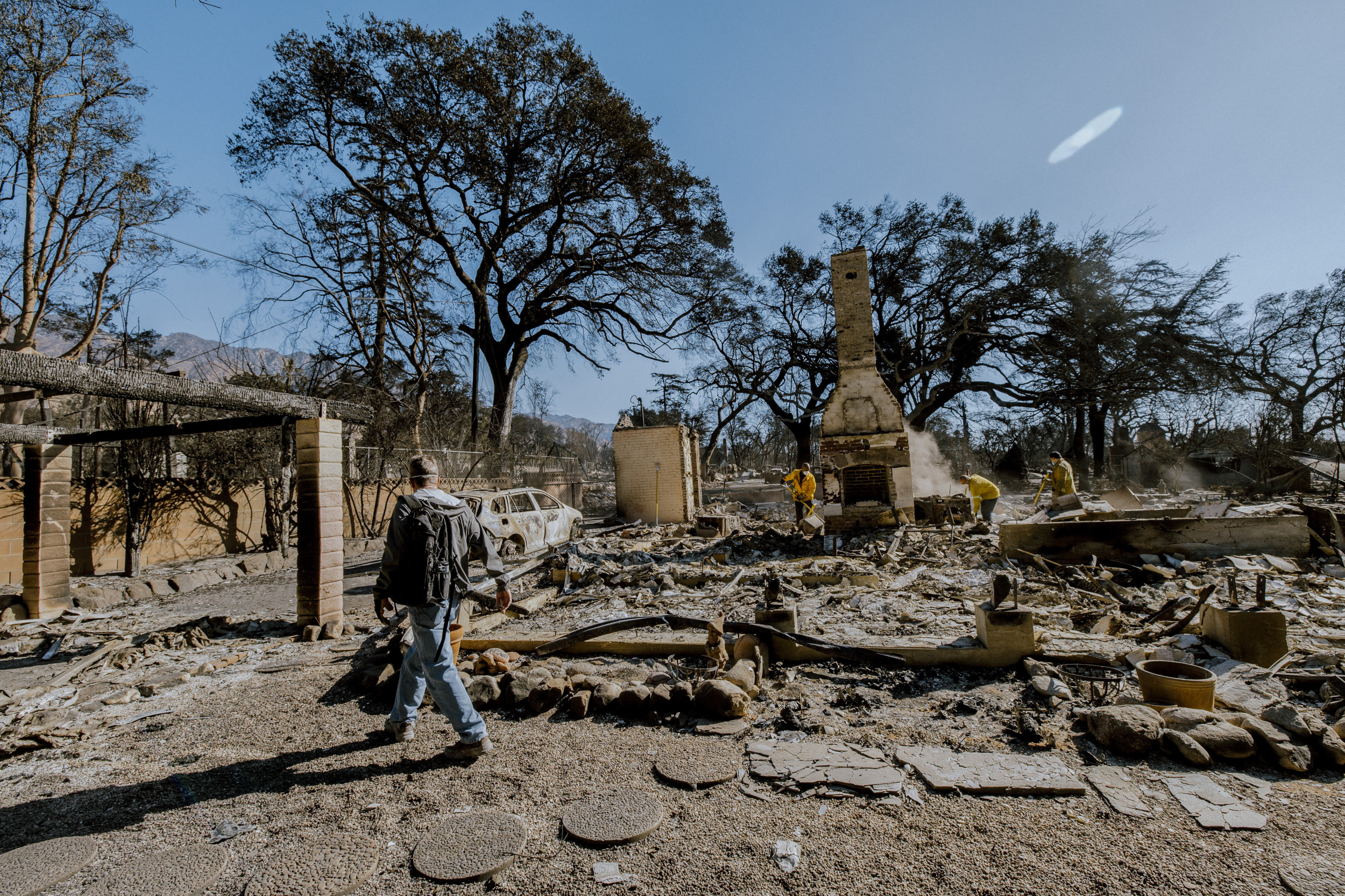SCRANTON, PA. — When coal was king and Pennsylvania its throne, a wealthy mine owner wanted to show visitors how the world was heated.
The Brooks “educational” Mine, named after the late Brooks Reese, opened at the turn of the 20th century, when Scranton and other anthracite coal region cities and towns saw their population skyrocketing. In those days, 330,000 miners produced 277 million tons of coal worth $705 million in the mines northwest of Philadelphia.
By the 1970s, large-scale anthracite mining was all but over in Pennsylvania. Populations plummeted and a growing environmental awareness revealed some of the industry’s toxic legacies. The Brooks Mine, in Scranton’s sprawling Nay Aug Park, was open on and off in the first half of the century then closed in 1975 when portions of its roof collapsed. Despite calls for rehabilitation, the mine sat dormant, its gate locked, ever since.
That all changed this month, when a group of volunteer coal mining enthusiasts, local officials, and park-goers gathered by those gates and chopped a ceremonial firing cable with an ax.
“We hear so much about how we have to think about the future and plan for the future, but we can’t forget our past,” said Bob Gattens, of Scranton’s Municipal Recreation Authority. “It is part of our history. It might have scarred the land, might have left some bad water we’re dealing with now, but it shaped this city, this county, and everything around from Carbondale down to Wilkes-Barre. It put food on the table.”
Brooks Mine, roughly 150 feet long with a ceiling that’s 7 feet tall, is open to the public for tours, thanks to Underground Miners. The nonprofit, started in 2002, works to preserve the state’s anthracite heritage archives, restore equipment, hold public events, and rehabilitate mines like the Brooks Mine.
Chris Murley, one of the group’s cofounders, said they got started by nosing around old, abandoned mines in the coal region.
“When I was in college, we just all wanted to explore old mines,” said Murley, a Tunkhannock, Wyoming County, resident.
Underground Miners approached Scranton about reopening the Brooks Mine in January 2022 and, after 18 months of work and 2,500 volunteer hours, the group had reinforced and lit the mine, along with building a 50-foot escape shaft now required by law. Murley, who worked in other tour mines in the region over the years, said Brooks was the first tour mine in the state.
Murley said the total cost of the Brooks Mine restoration was approximately $30,000, all of it raised through donations from businesses and individuals. The cost to build the entire mine, around 1900, was $1,800. Members of Underground Miners will be on hand every Saturday, he said, to talk to visitors about the mine. Murley said the group was adamant about not charging admission.
“We don’t want to have charge people to see history,” he said, “but we take donations.”
While Underground Miners has members who have actually worked in anthracite, it’s attracted historians, adventurers, and a high school chemistry teacher. Scott Kerkowski, who teaches at Lake Lehman High School in Luzerne County, was showing off a pneumatic drill miners would have used to help blast away rock. He joined the group in 2007 because, like many in the coal region, he had relatives who worked in the mines.
“There were a lot of ways to get hurt in the mines. It’s wild because back then, if you got hurt, there was no Social Security and no disability [benefits],” Kerkowski said. “You got hurt then, you were on your own.”
Devin Purcell, a group member from Shamokin, Northumberland County, said his interest in the region’s coal history began with walks in the woods.
“There were always cool things, abandoned out in the mountain, and I started to look into that a little more,” Purcell, 30, said. “Coal went through a time when it was just seen as a blight. All the buildings were torn. Nothing was preserved. Now, mining is being romanticized again, and not just a negative thing.”
Brooks Mine will be open on Saturdays through the fall, then again in the spring, in Scranton’s Nay Aug Park. For more information, visit nayaugpark.org.

/cloudfront-us-east-1.images.arcpublishing.com/pmn/MHFDK4UZWRARXL567HAK7ISQ5I.jpg)



















/cdn.vox-cdn.com/uploads/chorus_asset/file/25822586/STK169_ZUCKERBERG_MAGA_STKS491_CVIRGINIA_A.jpg)

/cdn.vox-cdn.com/uploads/chorus_asset/file/25821992/videoframe_720397.png)



